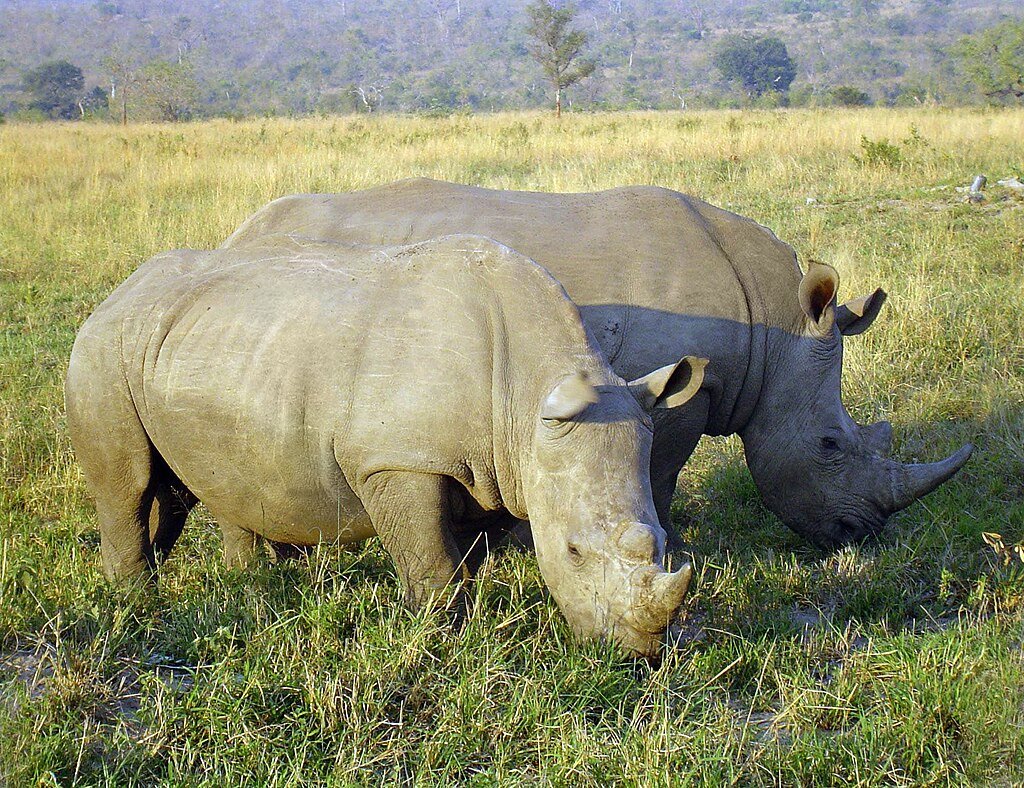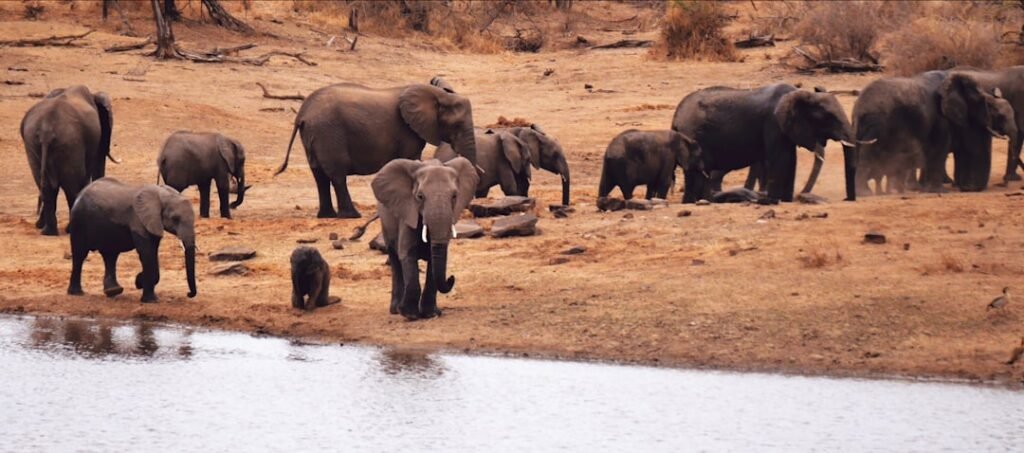A new study has revealed that dehorning rhinos is one of the most effective and cost-efficient strategies for reducing poaching. Researchers found that removing horns from individuals in protected populations led to a 78 percent reduction in poaching, using only 1.2 percent of the total rhinoceros protection budget. This discovery provides conservationists with valuable insights into how targeted interventions can safeguard endangered rhino populations.
The Scale of Rhino Poaching and its Impact
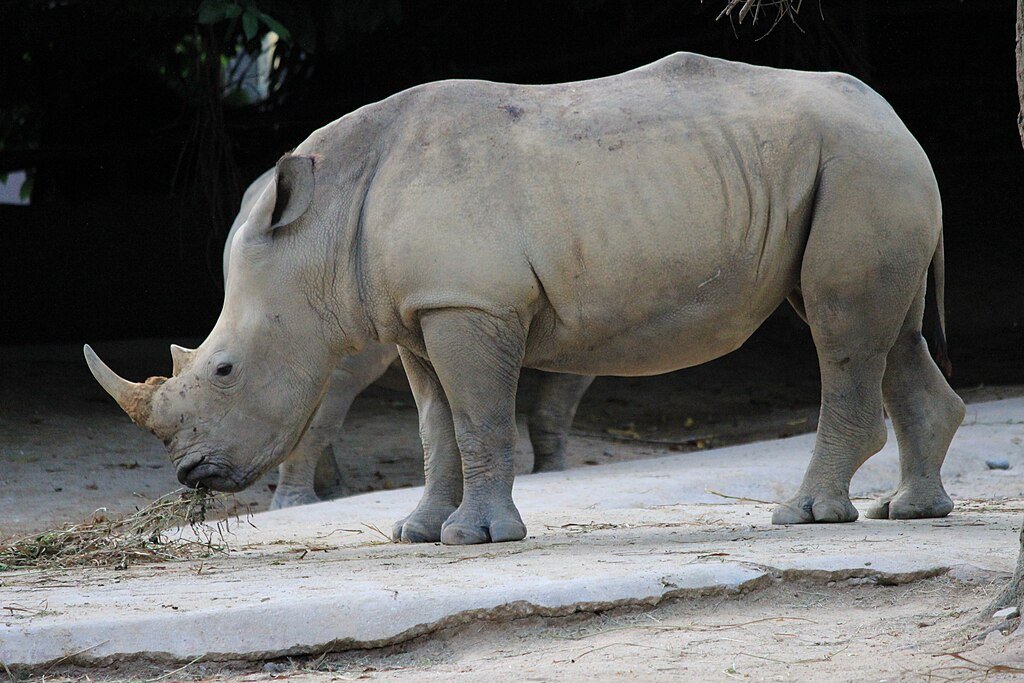
Over the decades, poaching has devastated rhino populations due to the high demand for their horns in illegal markets. The multimillion-dollar black market trade continues to drive poaching, despite extensive conservation efforts. In the Greater Kruger reserves, researchers documented the poaching of 1,985 rhinos over seven years, representing 6.5 percent of the population annually. These figures highlight the urgent need for effective anti-poaching strategies.
Why Dehorning Works as a Deterrent
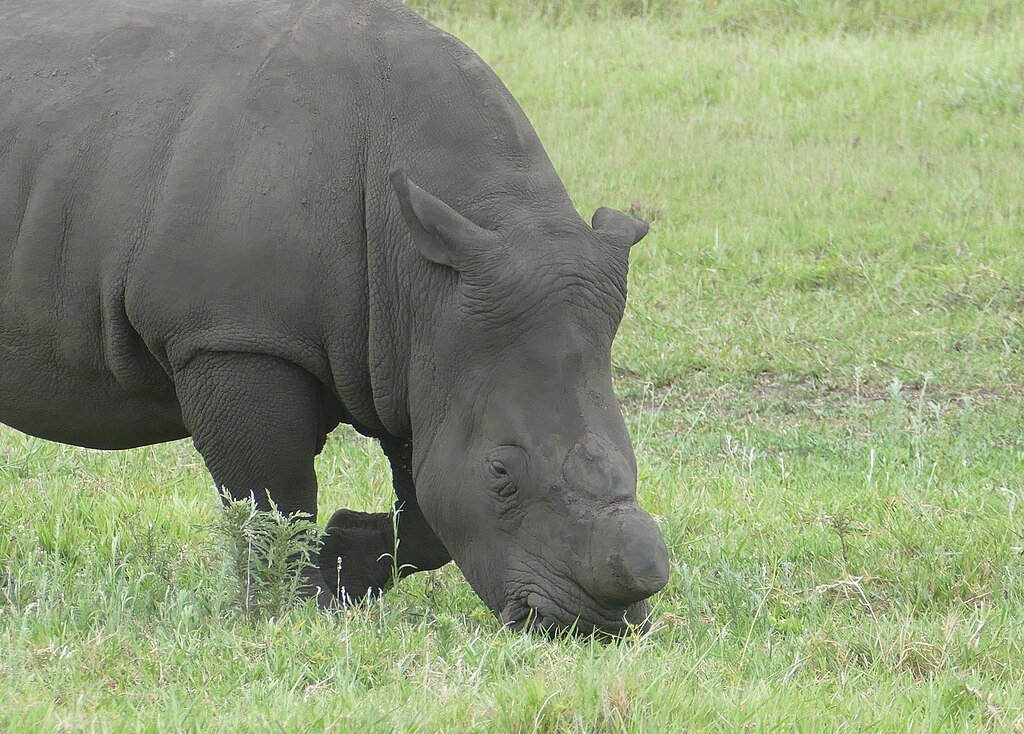
Dehorning reduces the incentive for poachers by removing the primary target—rhino horns. Unlike other anti-poaching measures, such as law enforcement patrols and surveillance technology, dehorning directly decreases the value of individual rhinos to poachers. The study found that dehorned rhinos were significantly less likely to be targeted, making this approach a practical and scalable solution for conservation programs.
Challenges and Ethical Considerations
While dehorning is effective, it is not without challenges. The procedure must be repeated periodically, as rhino horns grow back over time. Additionally, conservationists must ensure that dehorned rhinos remain protected from other threats, such as habitat loss and human-wildlife conflict. Ethical concerns also arise regarding the impact of horn removal on rhino behavior, though studies suggest that dehorned individuals continue to function normally within their ecosystems.
Future Directions in Rhino Conservation
Researchers emphasize that dehorning should be integrated into broader conservation strategies rather than used as a standalone solution. Combining dehorning with habitat protection, anti-poaching patrols, and community engagement can create a more comprehensive approach to safeguarding rhino populations. Future studies may explore how dehorning affects rhino social structures and long-term survival rates.
Additional Perspectives on Dehorning and Wildlife Protection
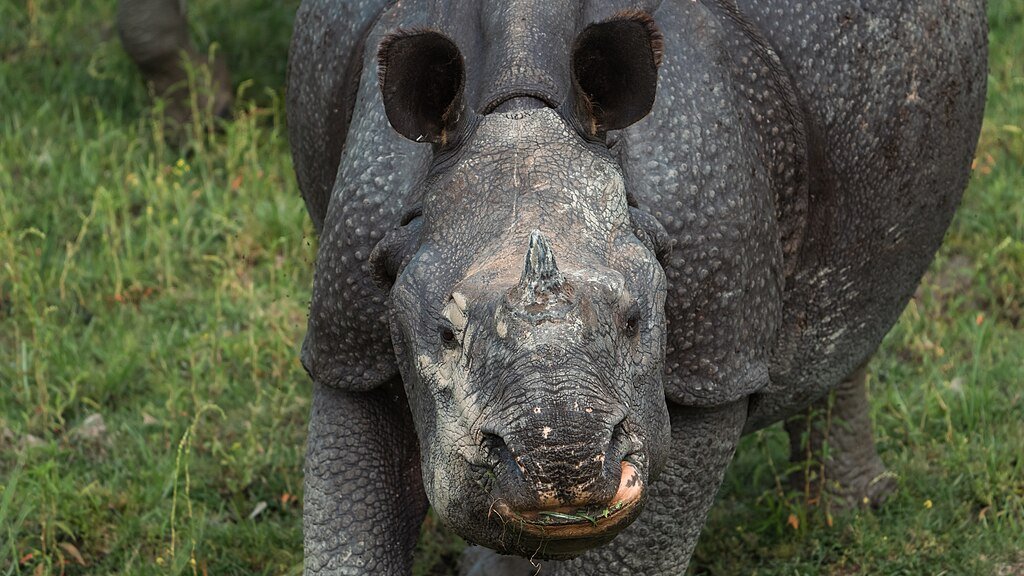
Studies from conservation experts suggest that dehorning has played a significant role in reducing poaching rates across multiple African reserves. ScienceAlert has reported that trimming rhino horns has saved thousands of animals from illegal hunting, reinforcing the importance of this approach. Meanwhile, an analysis from the Mail & Guardian highlights that dehorning is one of the most cost-effective methods in comparison to other anti-poaching initiatives. These findings align with reports from researchers at IPP Media, who advocate for expanding dehorning efforts alongside broader wildlife protection strategies.
Conclusion
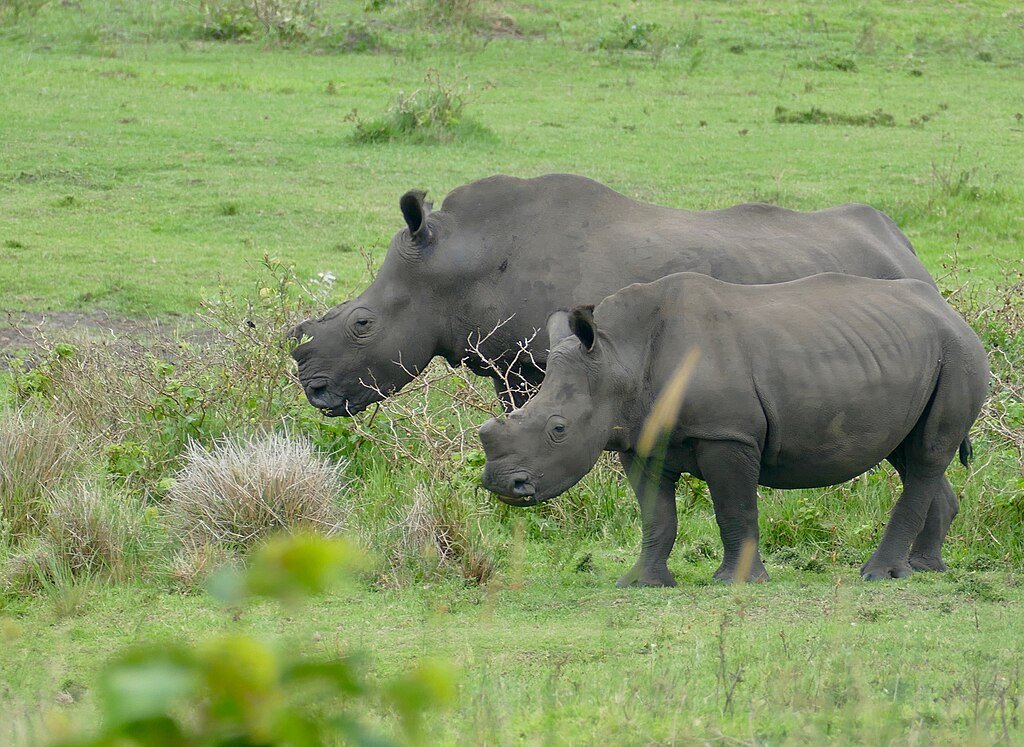
Dehorning has emerged as a highly effective and cost-efficient method for reducing rhino poaching. As conservationists seek sustainable solutions to protect these iconic animals, integrating dehorning into broader wildlife management strategies may offer a promising path forward.
Source:


